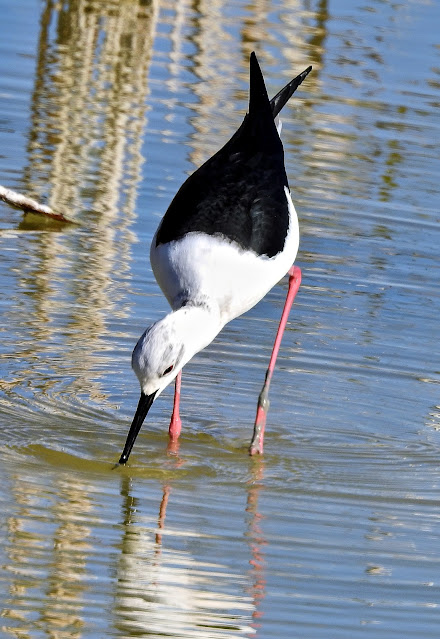This owl usually perches in an elevated position ready to swoop down on any small creature it notices. It feeds on prey such as insects and earthworms, as well as small vertebrates including amphibians, reptiles, birds and mammals. It may pursue prey on the ground and it caches surplus food in holes or other hiding places. A study of the pellets of indigestible material that the birds regurgitate found mammals formed 20 to 50% of the diet and insects 24 to 49%. Mammals taken included mice, rats, voles, shrews, moles and rabbits. The birds were mostly taken during the breeding season and were often fledglings, and including the chicks of game birds. The insects included Diptera, Dermaptera, Coleoptera, Lepidoptera and Hymenoptera. Some vegetable matter (up to 5%) was included in the diet and may have been ingested incidentally.
The little owl is territorial, the male normally remaining in one territory for life. However, the boundaries may expand and contract, being largest in the courtship season in spring. The home range, in which the bird actually hunts for food, varies with the type of habitat and time of year. Little owls with home-ranges that incorporate a high diversity of habitats are much smaller (< 2 ha) than those which breed in monotonous farmland (with home-ranges over 12 ha). Larger home-ranges result in increased flight activity, longer foraging trips and fewer nest visits. If a male intrudes into the territory of another, the occupier approaches and emits its territorial calls. If the intruder persists, the occupier flies at him aggressively. If this is unsuccessful, the occupier repeats the attack, this time trying to make contact with his claws. In retreat, an owl often drops to the ground and makes a low-level escape. The territory is more actively defended against a strange male as compared to a known male from a neighbouring territory; it has been shown that the little owl can recognise familiar birds by voice.
The little owl is partly diurnal and often perches boldly and prominently during the day. If living in an area with a large amount of human activity, little owls may grow used to humans and will remain on their perch, often in full view, while people are around. The little owl has a life expectancy of about 16 years. However, many birds do not reach maturity; severe winters can take their toll and some birds are killed by road vehicles at night, so the average lifespan may be on the order of 3 years.
This owl becomes more vocal at night as the breeding season approaches in late spring. The nesting location varies with habitat, nests being found in holes in trees, in cliffs, quarries, walls, old buildings, river banks and rabbit burrows. A clutch of 3 to 5 eggs is laid (occasionally 2 to 8). The eggs are broadly elliptical, white and without gloss; they measure about 35.5 by 29.5 mm (1.40 by 1.16 in). They are incubated by the female who sometimes starts sitting after the first egg is laid. While she is incubating the eggs, the male brings food for her. The eggs hatch after 28 or 29 days. At first the chicks are brooded by the female and the male brings in food which she distributes to them. Later, both parents are involved in hunting and feeding them. The young leave the nest at about 7 weeks, and can fly a week or two later. Usually there is a single brood but when food is abundant, there may be two. The energy reserves that little owl chicks are able to build up when in the nest influences their post-fledgling survival, with birds in good physical condition having a much higher chance of survival than those in poor condition. When the young disperse, they seldom travel more than about 20 km (12 mi). Pairs of birds often remain together all year round and the bond may last until one partner dies.






%201.jpg)






%201.jpg)
%202.jpg)
%201.jpg)
%202.jpg)













%201.jpg)


%201.jpg)
%202.jpg)
%201.jpg)
%202.jpg)

%201.jpg)
%202.jpg)
%201.jpg)

%201.jpg)
%202.jpg)
%202.jpg)




%201.jpg)
%205.jpg)
%206.jpg)